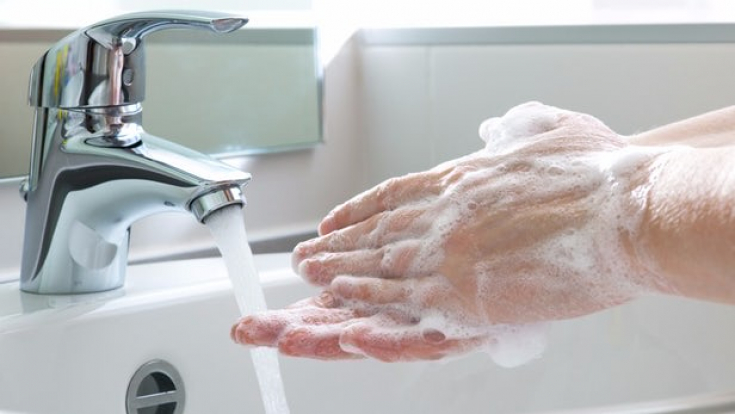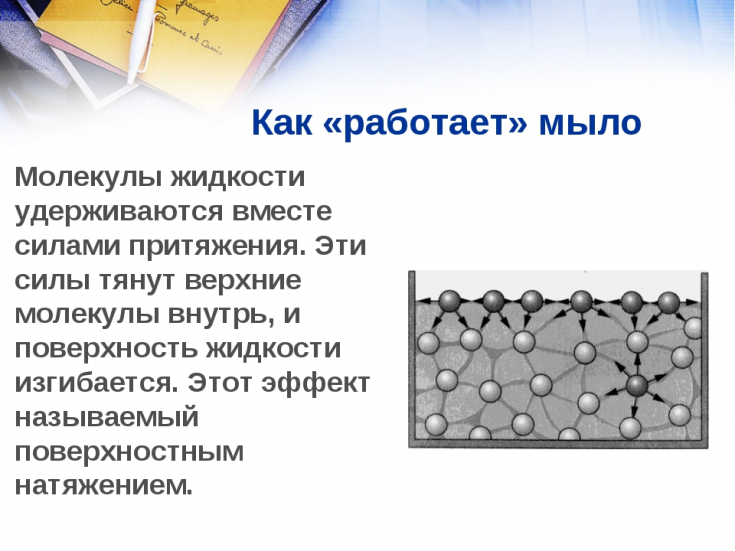Skin cleansing is a ritual that has probably existed since the beginning of mankind. Its main goal is to maintain cleanliness and, as a result, the health of the skin. However, cleansing with water is often not enough as many impurities are fat soluble.
Therefore, from time immemorial, people began to use soap, which, after all these years, has experienced a total transformation. Read about effective skin cleansing products and the main differences between them on estet-portal.com in this article.
Skin cleansing ritual in human life
The purification ritual performed by man since the beginning of time has been an integral part of religious ceremonies and beliefs.
In today's world, skin cleansing is for many people a means of relaxing and getting rid of the plaque of everyday life, as well as a way to improve the health and appearance of the skin.
Regardless of the purpose of skin cleansing, a delicate balance must be maintained between clean skin and maintaining its homeostatic properties, as even slight changes in skin pH can lead to increased skin sensitivity, dryness, or increased sebum production.
Read the most relevant articles in Telegram!
Historical background for effective skin cleansing
The earliest reference to the soap-making process can be found on Sumerian clay tablets dated to around 2000 BC
By 600 BC, the Phoenicians were using wood ash and animal fat to make soap.
Roman legend says that soap was discovered near Mount Sapo, a place of sacrifice for burned animals located outside of Rome.
The importance of soap as a cleansing agent was recognized only after the first century. The Greek physician Galen (AD 130-200) was the first to write about the use of soap as a skin cleanser. During World War II (1948), the development of synthetic detergents was launched, which today form the basis of many modern skin cleansing products.
Non-contact skin cleansing: features of gas-liquid peeling
Skin cleansers: why you need them
Why do we need detergents? Skin cleansing products are surfactants (i.e. emulsifiers/detergents/surfactants/soaps) that reduce surface tension and remove dirt, sebum, oil, cosmetic residues, microorganisms and dead skin cells.

The ideal skin cleanser should do all of this without damaging or irritating the skin, but rather keeping the surface smooth and hydrated. Thus, the composition of the cleanser has a direct effect on the beauty and health of the skin.
How to choose the right skin cleanser
Ingredients for skin cleansing
Surfactants are the main ingredients in most cleansers and act by reducing interfacial tension. Surfactants can be ionic, non-ionic and containing silicone. Ionic surfactants can be anionic (negatively charged), cationic (positively charged), and amphoteric (both positively and negatively charged).
The type and amount of surfactant in a cleanser affects its cleansing ability as well as its tendency to irritate the skin.
The main surfactants can be divided into three groups:
• classic alkaline soap;
• synthetic soaps;
• complex products that contain both alkaline soap and synthetic additives.

To solve certain dermatological problems, manufacturers can add various ingredients to the soap, among which the most common are moisturizing agents that reduce the aggressive effects of surfactants, various natural additives, and antibacterial components.
Thus, it is important for the doctor to remember that the soap or cleanser used by the patient can have a rather serious effect on his skin. In this regard, the task of a specialist in aesthetic medicine when prescribing drug therapy is also to take care of the choice of a means for cleansing the patient's skin.
You may also be interested in: Facial cleansers for oily skin







Add a comment